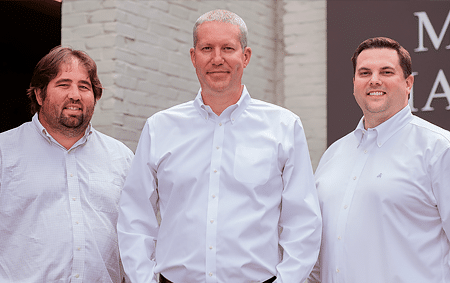Brentwood Truck Accident FAQ
1. What are truck “no-zones?”
Truck no-zones are areas where drivers should avoid when driving next to or near big trucks on roadways, including highways and interstates. No-zones represent spaces where it’s difficult for truck drivers to see objects near their cabin or trailer—and that means any sudden movements into those areas can cause a serious accident involving nearby vehicles.
No-zones that drivers should be aware of and avoid include:
- Front no-zone
- Side no-zone
- Rear no-zone
The front no-zone refers to the area directly in front of a truck cabin. Because truck drivers sit high up off the road, it’s difficult for them to see vehicles directly in front, including those in heavy traffic. That’s why it’s vital that you never switch lanes directly in front of a truck, and if you notice a truck getting too close to you, switch lanes to allow the truck driver more room.
The area directly to the left of the driver and the area along the right side of the truck’s trailer are areas where the driver has little to no visibility. Driving in these areas put you and your family at significant risk of injury if the truck driver switches lanes or makes any abrupt maneuvers, as he may not see your vehicle and could crash into it or run you off the road inadvertently.
In addition to the front and sides of their trucks, drivers also have a difficult time seeing vehicles that are directly behind them. Truck drivers who make right turns often have to swing out far into traffic and drivers behind them may follow by taking up the right lane as they turn. However, because the driver can’t see any vehicles behind him, he could strike the vehicle with his trailer as he straightens it out at the end of the turn.
2. What are some of the different types of big trucks?
Many truck accident victims may be unsure of what constitutes a big truck and whether or not they can pursue a claim for compensation. Some of the most common big trucks that can be involved in accidents include:
- Semi-trucks
- Industrial trucks
- Dump trucks and garbage trucks
Standard semi-trucks are those that consist of a truck cabin and cable that allow it to be connected to a large trailer designed to haul commercial goods. Semi-trucks generally have 18 wheels and can weigh up to 80,000 pounds when hauling fully loaded trailers. These trucks are very common on the roadway and on interstates and are the most common trucks involved in serious accidents.
In addition to carry consumer goods, trucks are also designed and outfitted to carry industrial materials, including hazardous materials. Industrial trucks are often slightly smaller than semi-trucks, but the consequences of being involved in an accident with one can be even more dangerous to the risks of fires, explosions, and leaking chemicals.
Dump trucks and garbage trucks are often used by city, county, or state government agencies to perform various tasks in communities. These trucks aren’t as physically large as other big trucks, but because of their weight, they’re just as capable of causing serious accidents.
3. How can Matt Hardin Law help me after my truck accident?
Filing a claim for compensation after a truck accident is even more complicated than filing a claim after a car accident. Because there are so many parties that can be considered negligent in truck accidents, including the driver, company, and owner, it’s best to let our Brentwood truck accident lawyers handle every step of your case.
We’ll collect evidence, including driver logs, maintenance schedules, and cargo lists to determine if any trucking industry regulations were violated. Then, we’ll do everything in our power to get you full compensation for your accident-related expenses. Contact us today by dialing fill out a free online form to see what we can do for your family.

